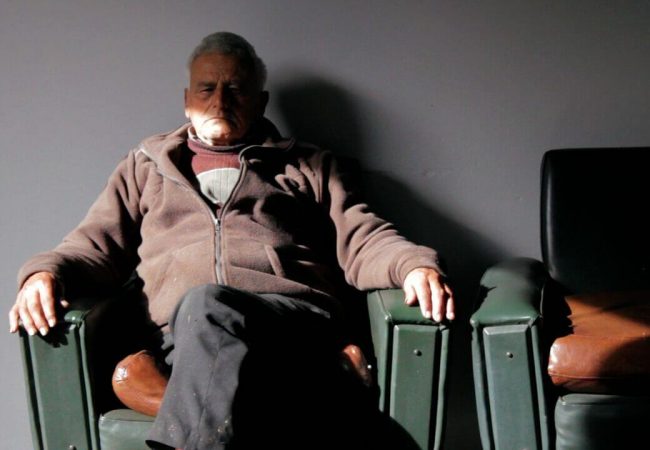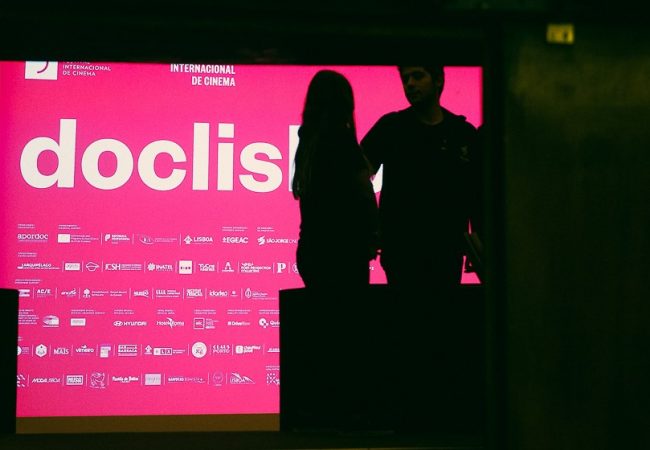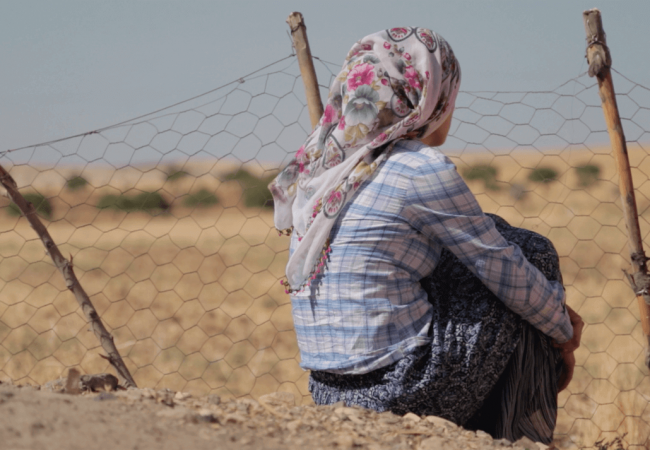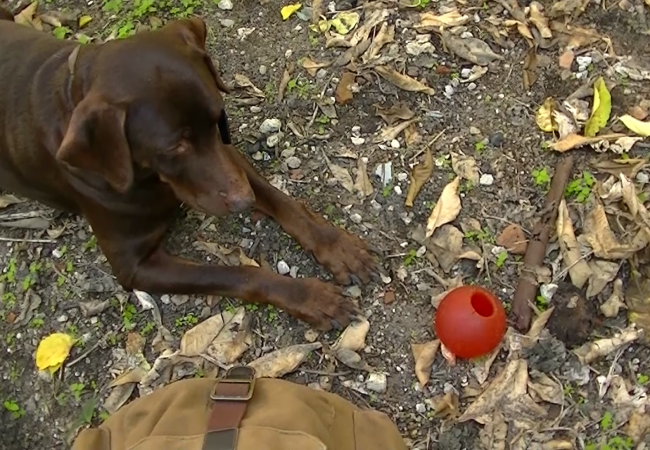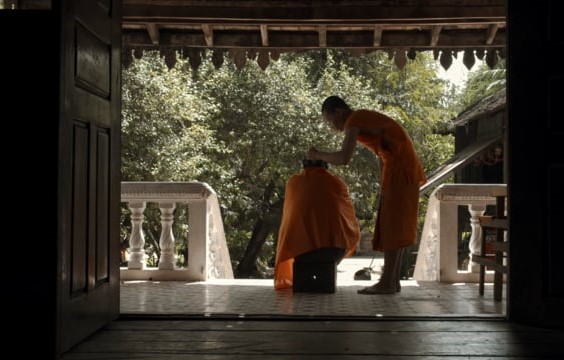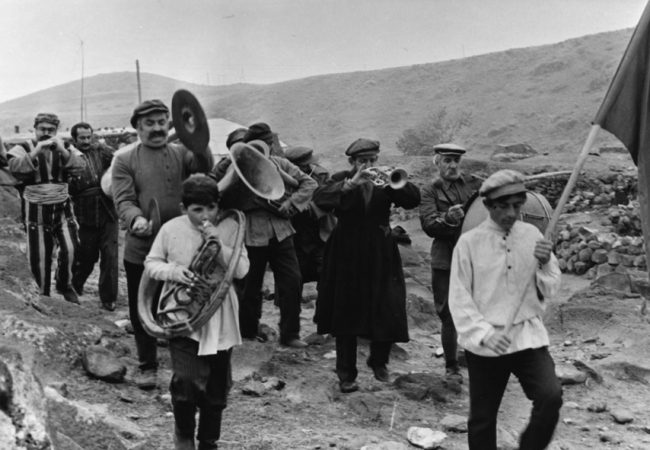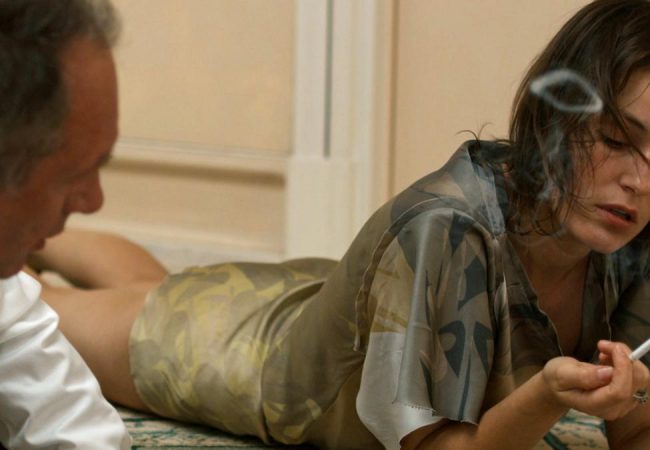Doclisboa dedicates its 2018 auteur retrospective to Colombian filmmaker Luis Ospina. His accurate and humorous vision of his country, his strong passion for cinema and his commitment to the preservation of the past make him one of the most important figures in Latin America’s recent film history.
Luis Ospina is born in Cali, Colombia. He studies cinema at UCLA where he directs his first film, Acto de fe, freely adapted from Jean-Paul Sartre’s short story, Erostratus. Back home, in the early 1970s he becomes an active member of the Cali Group, living in the cultural and political effervescence of that time. With a group of close friends—Andrés Caicedo and Carlos Mayolo, among others—he founds Cali’s Film Club and the film magazine Ojo al Cine. They begin shooting films. In 1971, Cali hosts the Pan American Games: in Oiga, vea!, Luis Ospina and Carlos Mayolo film the transformation of the city and the people who cannot afford to enter the stadiums with a strong political point of view and a bit of irony. The most emblematic film of that period is Agarrando pueblo (1978): a film crew is making a documentary commissioned by a German TV, and it searches the streets of Cali for poor people, in order to show the film in Europe, make money out of it and become famous. This caustic satire on what they called misery porn is the last film Ospina co-directs with Carlos Mayolo. At the same time, they wrote the misery porn manifesto to blow the whistle.
Afterwards, and throughout his career, Luis Ospina dedicates several more documentaries to his hometown, describing its history, its changes and its inhabitants in every aspect: Cali: de película (1973), Arte-sano cuadra a cuadra (1988), Adiós a Cali (1990), Cámera ardiente (1990-1991), the crafts trilogy (1991) and the series Cali: ayer, hoy y mañana (1995).
One of Luis Ospina’s most remarkable qualities is his intellectual generosity. He makes films about Colombian artists in order to preserve their memory. Some of them are among his closest friends: Andrés Caicedo: unos pocos buenos amigos (1986), on the prolific film critic and writer who committed suicide at the age of 25; Antonio María Valencia: música en cámara (1987), on one of the most famous pianists and classical music composers of Colombia; Fotofijaciones: retrato hablado de Eduardo Carvajal (1989), on the photographer and cinematographer; Nuestra película (1993), with painter Lorenzo Jaramillo just before he died from AIDS; or La desazón suprema: retrato incesante de Fernando Vallejo (2003), on the writer of La virgen de los sicarios, among other novels—his friendship with Luis Ospina leads to Barbet Schroeder’s eponymous film. In 1994, Luis Ospina’s friendship with Chilean director Raúl Ruiz leads to a gothic short in the soap opera genre tradition: Capítulo 66.
An avid cinephile, the Colombian director makes a film about the first silent movie in his country, En busca de “Maria” (1985), a documentary about US silent films, Slapstick: la comedia muda norteamericana (1989), and an important series on the history of Colombian cinema, De la ilusión al desconcierto: cine colombiano 1970 – 1995 (2007).
Luis Ospina is above all a free filmmaker who likes to break the rules, experiment and explore the borders between documentary and fiction, and who looks at the world with an irreverent sense of humour. In 1971, he shoots his tribute to Andy Warhol, Autorretrato (dormido), in super 8mm. In 1972, El bombardeo de Washington uses 16mm film. When video appears, it offers him new possibilities—he makes video collages, from the short essay Video (B)art(h)es (2003) to the feature Un tigre de papel (2007). He is also a very skilled editor.
Being both a cinephile and a filmmaker, his two fiction feature films, Pura sangre (1982) and Soplo de vida (1999), are the glowing evidence of his incredible ability to play with genres—horror movie, film noir—all the while describing the corrupted Colombian society, ill with violence and madness.
In Todo comenzó por el fin (2015), he draws a self-portrait of the Cali Group, also known as Caliwood, that in the midst of the wild partying and the historical chaos of the 1970s and 80s were able to produce a body of work that is a fundamental part of Colombia’s film heritage. This is the story of a generation. At the same time, he discovers he has serious health problems and includes it in the film.
Today he goes on filming and watching movies. He has been the artistic director of the Cali International Film Festival since 2009.
A carte blanche given to the director that comprises five sessions and includes surprises and findings will complement the first full retrospective of Luis Ospina’s work in Europe.
—Agnès Wildenstein
* Long live film!—¡Que viva la música! [Long live music!] is the title of Andrés Caicedo’s masterpiece novel.



